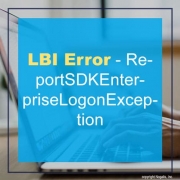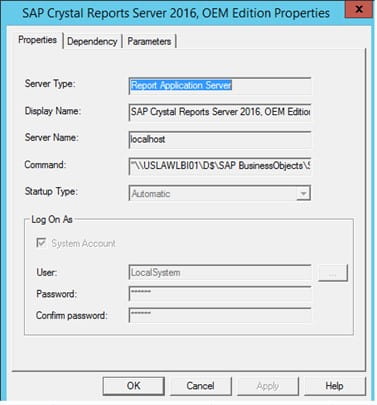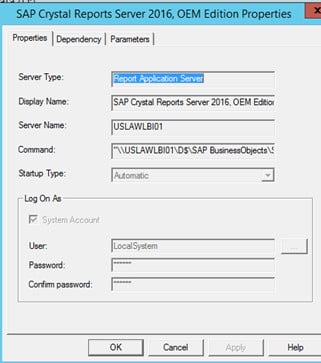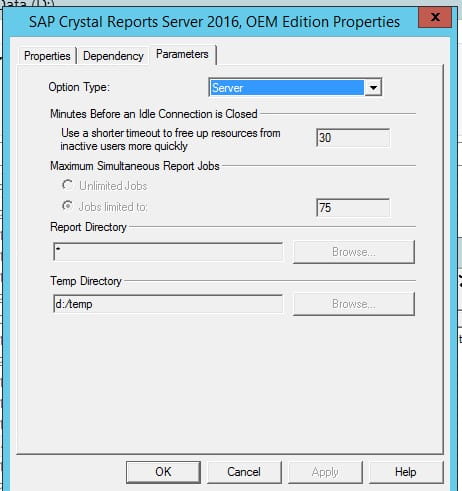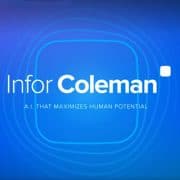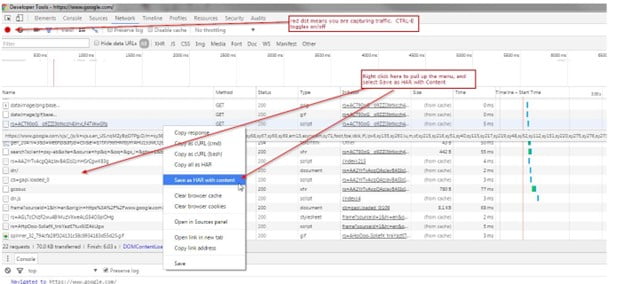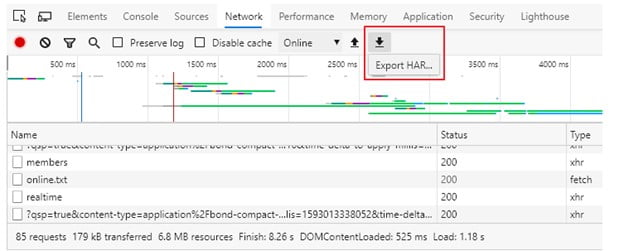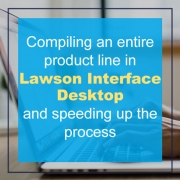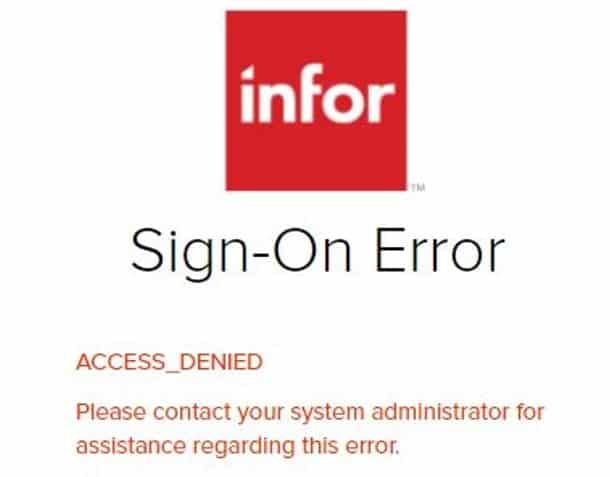Problem: We are not able to view any of the reports in LBI on production.
The error is
ReportSDKEnterpriseLogonException: Unable to log on: Could not connect to server. I have verified IBM and CRAS are running.
Users are getting the following error when opening a LBI Report:
You should check the system.out log for errors:
000001dd SystemOut O ERROR – RequestHandlerServlet caught ERSException: Exception starting RAS session: com.crystaldecisions.sdk.occa.report.lib.ReportSDKEnterpriseLogonException: Unable to log on: Could not connect to server USLAWLBI01.care.org. Please check that the server name is correct, and that the server is running.
—- Error code:-2147217397 [CRSDK00000000] Error code name:enterpriseLogonFailed
Based on the error from the log, go to CRAS Properties, in Central Configuration Manager and verify the RAS server name.
If you found out that it was set to localhost, it needs to be changed.
Stop RAS, change the server name from localhost to USLAWLBI01.
– Went to Parameters Tab > Server > changed Report directory to * and Add temp directory
Start CRAS
Verify that you can now run the reports

